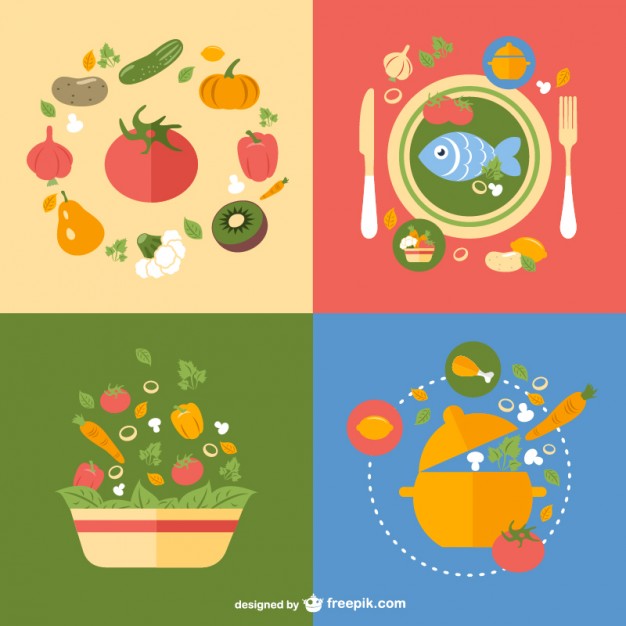Ethical Eating
April 24, 2019
Ethical eating, or food restricting diets, have been around for a very long time and with the many types and names, it can be hard to understand the difference between all of them. This list will give you an insight on some of the most common ones, so you can understand them for yourself.
Veganism and Vegetarianism
Veganism and vegetarianism are some of the most common types of food-restricting diets that people follow. They is pretty easy to follow as its only “rule” is no meat or seafood, and for vegans that also includes meat and dairy products. When we think health and all of its benefits, most people are quick to tell us going vegetarian or vegan can take you there. This diet is almost like the poster child of living a healthier life, and for most people choosing to be vegan or vegetarian is more of a health reason rather than a religious one. With most people getting these two terms confused, you can just think of it as that veganism restricts animal consumption as a whole, whereas, vegetarians only cut out the meat. If you were looking for a place to start for a diet, whether it be for health reasons or ethical ones, choosing to be vegan or vegetarian is a simple start.
Pescetarianism
Similar to being vegetarian, being pescetarian has the same conditions except for the exception of seafood. People who are pescetarians get the health benefits of a plant-based diet, but with the addition of a new source of healthy fats and proteins from hearty seafood. This gives more options as to what you can add to your meals like shrimp or salmon. Most people say the most protein is found in red meat and poultry, but people who choose to be pescatarians choose to gain their protein without the unhealthy fats from meat. Ethically, people find that this diet is sustainable as the consumer does not miss out on the needed protein, but it also keeps the land animals on the land and not slaughtered.
Whole Foods
Now, the whole foods diet is a more general “rule” as opposed to a certain restriction. It is a very beneficial practice as its choices are healthier. The whole foods diet is basically you can only eat items that are whole and unprocessed foods. Some examples would be like choosing to eat skinless chicken breast cooked in healthy oils as opposed to McDonald’s chicken nuggets, which are processed and add unhealthy fats, salts, and oils. So, as you can see, this ‘diet’ is different than the other two because the restrictions are reduced, but you are still choosing a healthy option. Now, people have even found this diet “not enough” and have chosen to make it also a plant-based diet. This means that only whole, unprocessed vegetables that are cooked minimally can be eaten. This blends both the whole foods diet as well as a vegetarian diet.
As these are just a few of the most common diets, these are also a great starting point for a healthy change in your life. Whether you read this with an interest in ethical eating or not, one thing to take away from this article is that there are various alternatives to everyday eating that can benefit you as well as the world around us.
Graphic courtesy of FREEPIK.COM

